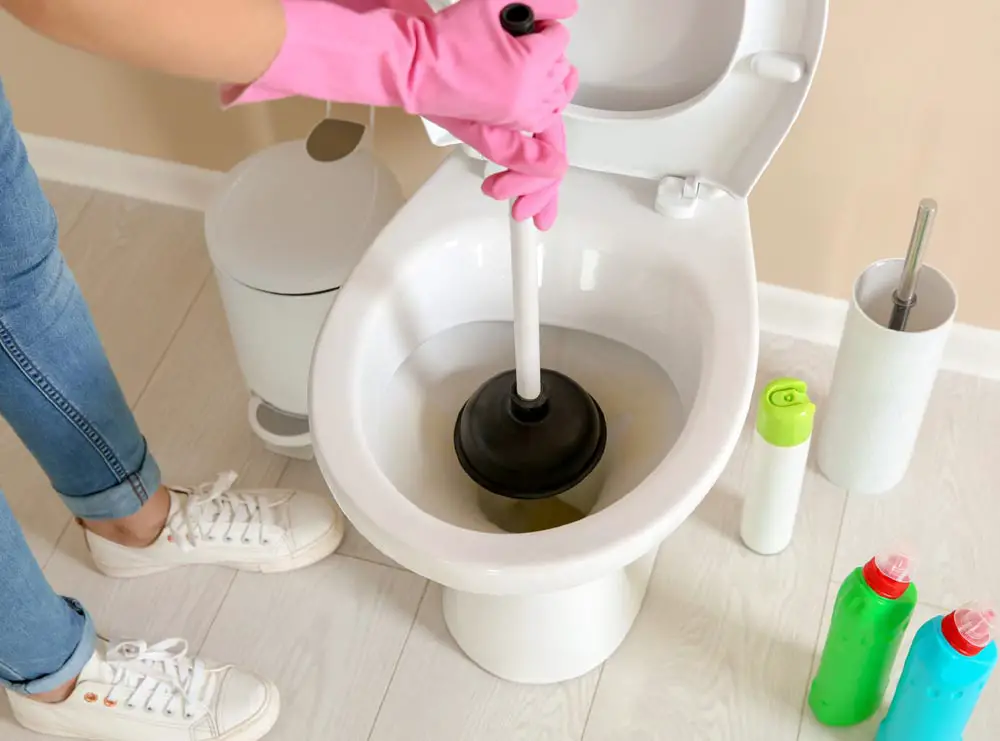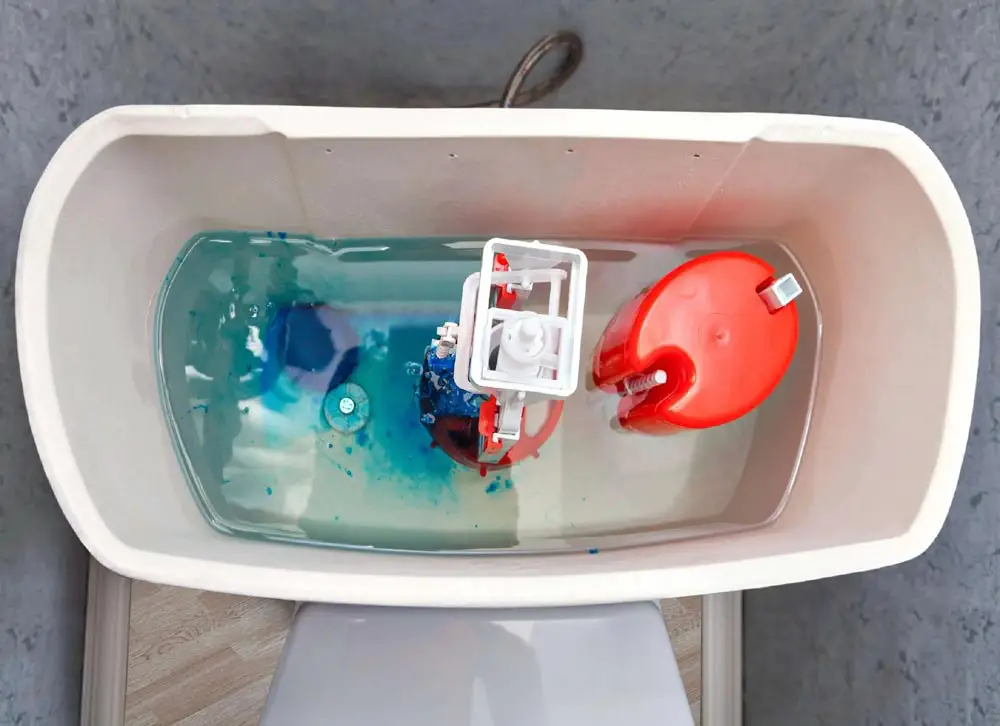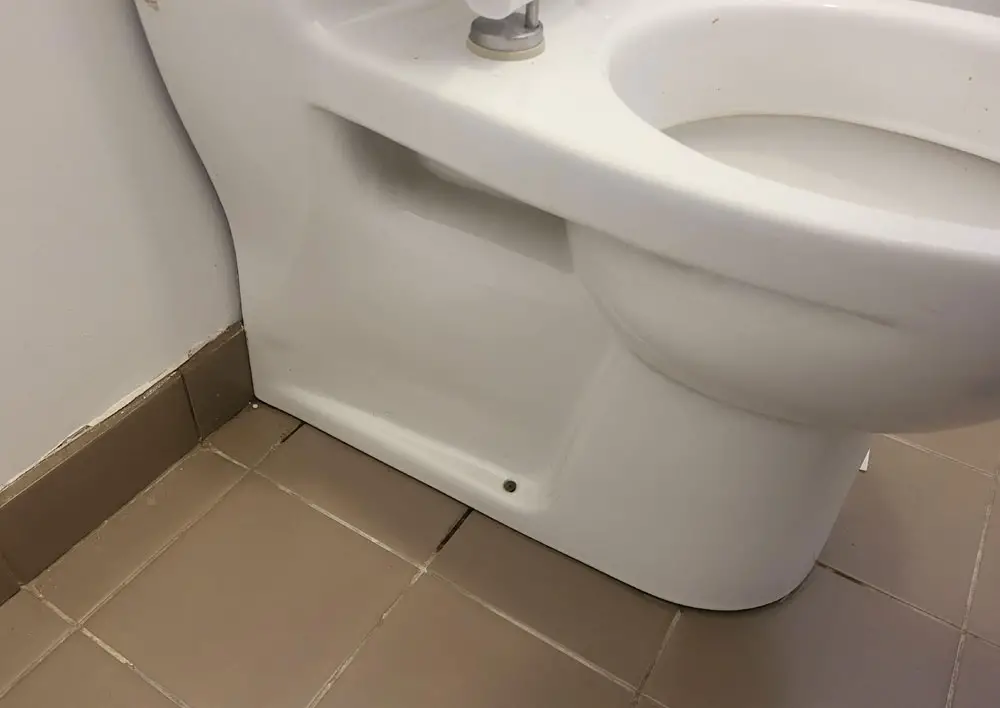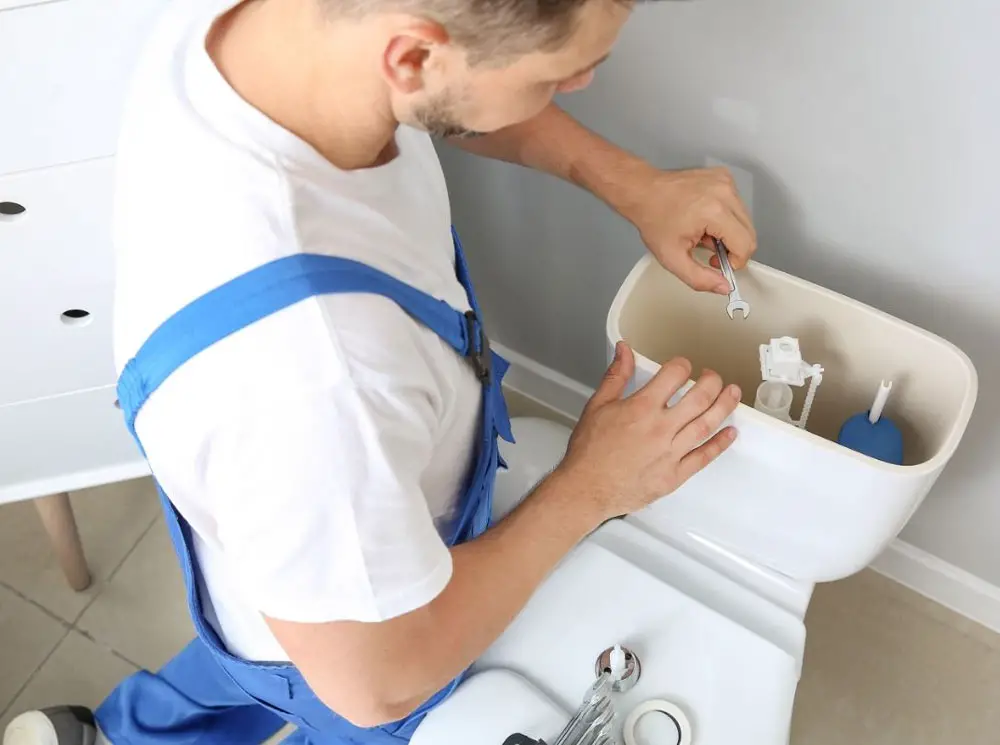For any household, a fully-functional toilet is a necessity, yet it often encounters problems that can cause disruptions to your daily routine. Thankfully, many of these issues are relatively easy enough for regular people to fix without the need for a professional plumber. For people who might be a bit of a dab hand at DIY work, tackling these minor repairs yourself can save you both time and money while giving you a sense of accomplishment.
In this guide, I'll cover some of the most frequent toilet troubles and provide clear, step-by-step instructions on how to resolve them. From running toilets and stubborn blockages to wobbly toilet bases, you'll find practical solutions to keep your bathroom or downstairs toilet in tip-top shape.
The Blocked Toilet

Image credit: manomano.co.uk
Aaah… the dreaded clogged toilet. Dealing with a blockage is never fun, but it’s a problem you can often solve without professional help. Trust me I am an expert !
Start simply by using a plunger, which can often be an effective first line of defence. Make sure there's enough water in the bowl to cover the plunger’s rubber part, then place it over the drain hole and pump vigorously several times. More often than not, this will usually dislodge the blockage.
For more persistent blockages, a toilet auger or drain snake is a great tool. Insert the auger into the toilet bowl and crank the handle to break up or retrieve the blockage. Try and steer clear of using chemical drain cleaners, as they can damage your pipes and toilet.
Running Toilet

Image credit: westernrooter.com
Ever found yourself flushing the toilet only for said toilet to just keep running longer than it should? A running toilet can be both annoying and wasteful. The most common cause is a faulty flapper valve, which is responsible for sealing the tank after each flush.
Luckily, fixing a running toilet can be relatively straightforward. Start by removing the tank lid and inspecting the flapper. If it looks worn or damaged, it's time for a replacement. Simply turn off the water supply, flush the toilet to empty the tank, and unhook the old flapper from the chain. Attach the new one, ensuring it sits properly on the valve seat.
If the flapper is in good condition, the fill valve might be the culprit. Adjust its float arm to stop excess water from entering the tank. With these simple steps, your running toilet will be fixed in no time.
Of course, if you’re not confident in putting your DIY abilities to the test with these steps, it’s always wise to call a plumber and not risk causing further damage to your toilet.
Weak Flush
If there’s any toilet-related issue that can be particularly frustrating, it’s a weak flush. Thankfully, the process of resolving the issue is relatively painless.
- The first step is to check the water level in the toilet cistern. It should be about an inch below the top of the overflow tube. If it’s too low, adjust the float arm or the fill valve to increase the water level.
- Clogged rim holes can be another common issue. These small holes under the toilet bowl's rim can get blocked with mineral deposits over time. Use a wire hanger or a small brush to clear them out.
- Also, inspect the syphon jet at the bottom of the bowl and ensure it’s free from debris.
Following these simple steps can help you to restore your toilet’s flushing power and make sure that everything flows smoothly again.
Leaking Toilet Base

Image credit: reddit.com
A leaking toilet base is a common issue that can lead to water damage if left unchecked. It can also waste up to 18 litres of water a day.
Start by confirming the leak; you’ll typically find water pooling around the base after each flush. The most likely cause is a loose or worn-out wax ring seal.
Shut off the water supply and flush the toilet to empty the tank and bowl. Next, unscrew the bolts at the base and carefully lift the toilet. Remove the old wax ring and clean the area thoroughly. Install a new wax ring, ensuring it sits evenly, and reposition the toilet over the bolts. Tighten the bolts securely but avoid over-tightening to prevent cracking the porcelain. Once reassembled, turn the water back on and test for leaks.
Again, if you feel better calling a plumber to do this for you, please do so. With these steps, your toilet base should be leak-free in no time.
Wobbly Toilet
A wobbly toilet is more than a mere annoyance. Left unfixed, it can also lead to leaks and a raft of other issues.
Begin by checking the bolts at the base of the toilet. If they’re loose, use a wrench to gently tighten them. Be careful not to over-tighten them though, as this can crack the porcelain.
If the bolts are tight but the toilet is still wobbly, you may be dealing with an uneven floor. If this is the case, place shims — small plastic wedges — underneath the toilet base until it sits level. You can find shims at most hardware stores. Once you’ve stabilised the toilet, cut off any excess shim material and apply a bead of caulk around the base to seal it.
These simple steps will secure your toilet and prevent further movement.
For Everything Else, Call A Plumber

Image credit: waterheaterhub.com
For more complex issues that extend beyond common DIY repairs, or even if any of those outlined above are beyond your capabilities, it's best to call a professional plumber.
Many problems can require specialised tools and expertise. These can include:
- persistent leaks
- significant water damage
- issues with the toilet's internal components
Other concerns may only be able to be legally resolved by a licensed plumbing professional. Additionally, if you've tried the basic fixes and the problem persists, a plumber can provide a thorough diagnosis and ensure that everything is in proper working order.
Attempting to fix these complicated problems yourself can sometimes lead to further damage or costly mistakes. A licensed plumber can offer peace of mind and a long-term solution, preventing any future issues.
My Final Thoughts
Addressing many of these common toilet problems on your own can save you time, money, and a lot of frustration. From fixing a running toilet to dealing with clogs and wobbles, many issues are straightforward and manageable with a bit of effort.
By following my simple DIY tips, you can maintain your toilet's functionality and avoid unnecessary plumber visits. However, it’s important to recognise when a problem is beyond your skill level and requires professional help. Calling a plumber for complex issues ensures a thorough and safe repair.
Regular maintenance and prompt attention to minor problems will keep your toilet running smoothly, providing peace of mind and a trouble-free bathroom experience.



 Author: Matthew Chiappini
Author: Matthew Chiappini